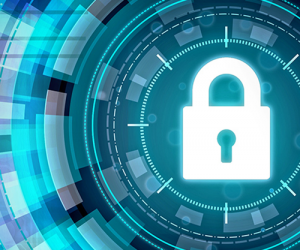 With the CARES Act, the American Rescue Plan, and now infrastructure funding, state and local governments have a large pipeline of grant options to help further citizen support. In fact, White House initiatives aimed at providing relief to citizens total nearly $6 trillion.
With the CARES Act, the American Rescue Plan, and now infrastructure funding, state and local governments have a large pipeline of grant options to help further citizen support. In fact, White House initiatives aimed at providing relief to citizens total nearly $6 trillion.
However, applying for and later managing those grants can be an incredibly burdensome, and often manual process. With a wide variety of variables that need to be carried out and measured, the management of these grants involves a large number of people from multiple constituencies both within a state agency and outside it including grant applicants and recipients, various levels of government and agencies, and affiliated nonprofits. Multiple surveys and studies have shown that grantee organizations spend more than 40% of their grant resources on administration activities alone. Continue reading



 Ransomware has traditionally been a practice where cybercriminals encrypt data and demand ransom in exchange for a decryption key. More recently, a growing number of these bad actors threaten to make this information public if they do not get paid. This shift in the practice of ransomware has increased the "attractiveness" of K-12 schools for cyber criminals. Information about children is among the most highly protected data there is, making it more likely ransoms will be paid to keep it private. For this and other reasons, K-12 schools are seeing an increase in ransomware activity. In 2021, there were at least
Ransomware has traditionally been a practice where cybercriminals encrypt data and demand ransom in exchange for a decryption key. More recently, a growing number of these bad actors threaten to make this information public if they do not get paid. This shift in the practice of ransomware has increased the "attractiveness" of K-12 schools for cyber criminals. Information about children is among the most highly protected data there is, making it more likely ransoms will be paid to keep it private. For this and other reasons, K-12 schools are seeing an increase in ransomware activity. In 2021, there were at least  With many of us using our faces to "open" our phones, biometric technology has become an everyday consumer technology. Capitalizing on the comfort and ease of use of facial recognition, government agencies are looking to incorporate it (and other biometric methods) into their modern cybersecurity plans and approaches but are realizing implementation in a government setting raises a host of complications.
With many of us using our faces to "open" our phones, biometric technology has become an everyday consumer technology. Capitalizing on the comfort and ease of use of facial recognition, government agencies are looking to incorporate it (and other biometric methods) into their modern cybersecurity plans and approaches but are realizing implementation in a government setting raises a host of complications. Zero Trust
Zero Trust  As with other networking and professional development events, job fairs are also transitioning back to their in-person form, but not without changes. The beauty of a job fair is the
As with other networking and professional development events, job fairs are also transitioning back to their in-person form, but not without changes. The beauty of a job fair is the 
